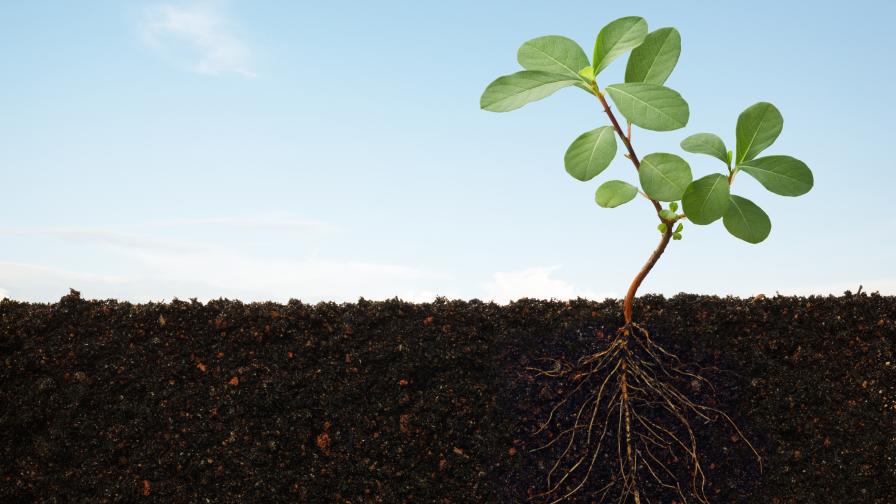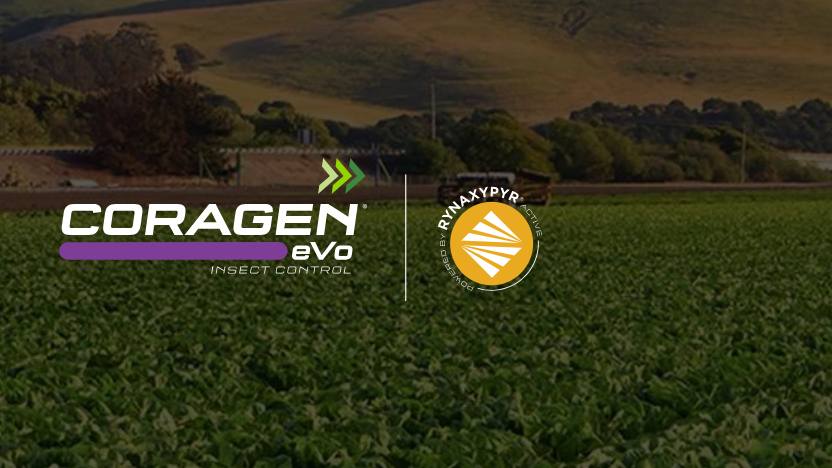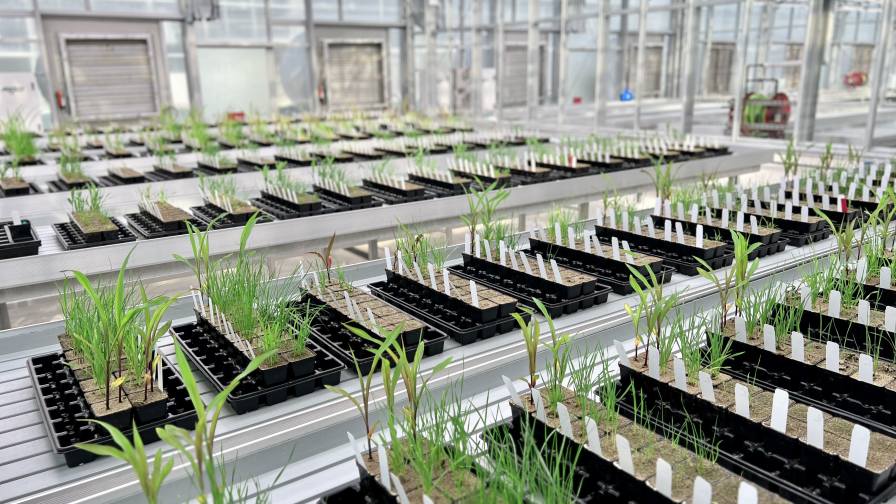Capitalizing On The Time
First, He Fan of CropLife China delivered an interesting talk on counterfeit products, and CropLife China’s efforts to crackdown, which included raids, working with authorities, and packing products to prevent counterfeiting. It’s a formidable challenge; several of the slides shown depicted small villages where literally truckloads of bogus ag-chems had been seized. He also called for Chinese industry leaders to band together to improve the country’s image by working for a safe, responsible industry.
Following an important presentation on the changes to China’s environmental policies, one of the strongest presentations of the first day was delivered by Dr. Ma Guangming, whose experience in the US Environmental Protection Agency led him to the conclusion that Chinese opportunities abound for Chinese companies able to crack the US market directly. With a presentation punctuated by the views of US farmers on the rising cost of products and some surprising figures on the lack of Chinese companies working directly in the US, Dr. Ma urged China’s manufacturers that the investment and effort it would take to get a foothold in the US could pay off if the companies can supply quality product to US farmers leveraging their substantial advantage of cost of production.
Roman Macaya of ALINA told a similar story, but focused his presentation on the regulatory changes in Latin America that have come along with a move towards equivalency in regulatory regimes. He used Argentina, as the first country in the region to adopt equivalency rules based on FAO recommendations, as a case stufy of success, and explained the rules of registering a product under this new type of regime. He also discussed the hurdles, as some countries are paralyzed as they try to merge equivalency rules with products already on the market, which may not have the data required to serve as reference products. Still, he highlighted the strength of generic products as beneficial to the farmers and producers and the wide open window for more to enter Latin America.
Vinay Misra followed with a discussion of the cooperative opportunities available to Indian and Chinese companies. While India/Chinese cooperation is improving, it still is far from fulfilling its potential, Misra said.
Dr. Shen Jizhong also looked at equivalency, from a global view. He noted the challenges for companies wishing to pursue registrations based on equivalency, but showed the benefits that could be attained if those obstacles are overcome.
Flavio Hirata went on next to discuss Brazil, and in may ways echoed messages from Dr. Ma and Dr. Macaya. Brazil is already a dominant agricultural force and is poised to grow even bigger, and there is still a lot of catch-up work required to give farmers all the tools they need. Not only is Brazil becoming more accessible to overseas countries, but Hirata noted that in 5 to 7 years, it is projected to be the world’s biggest crop protection market.
Finally, Li Zhixue gave a presentation on Indonesia and other parts of South East Asia, which also are on the cusp of becoming very important agricultural players. He explained how the country has become dramatically more Chinese-friendly, and added that with oil palm becoming a more prominent source of biofuels, countries with oil palm production might not be far from seeing a demand boost like the one achieved in the US, Brazil, and other countries.





